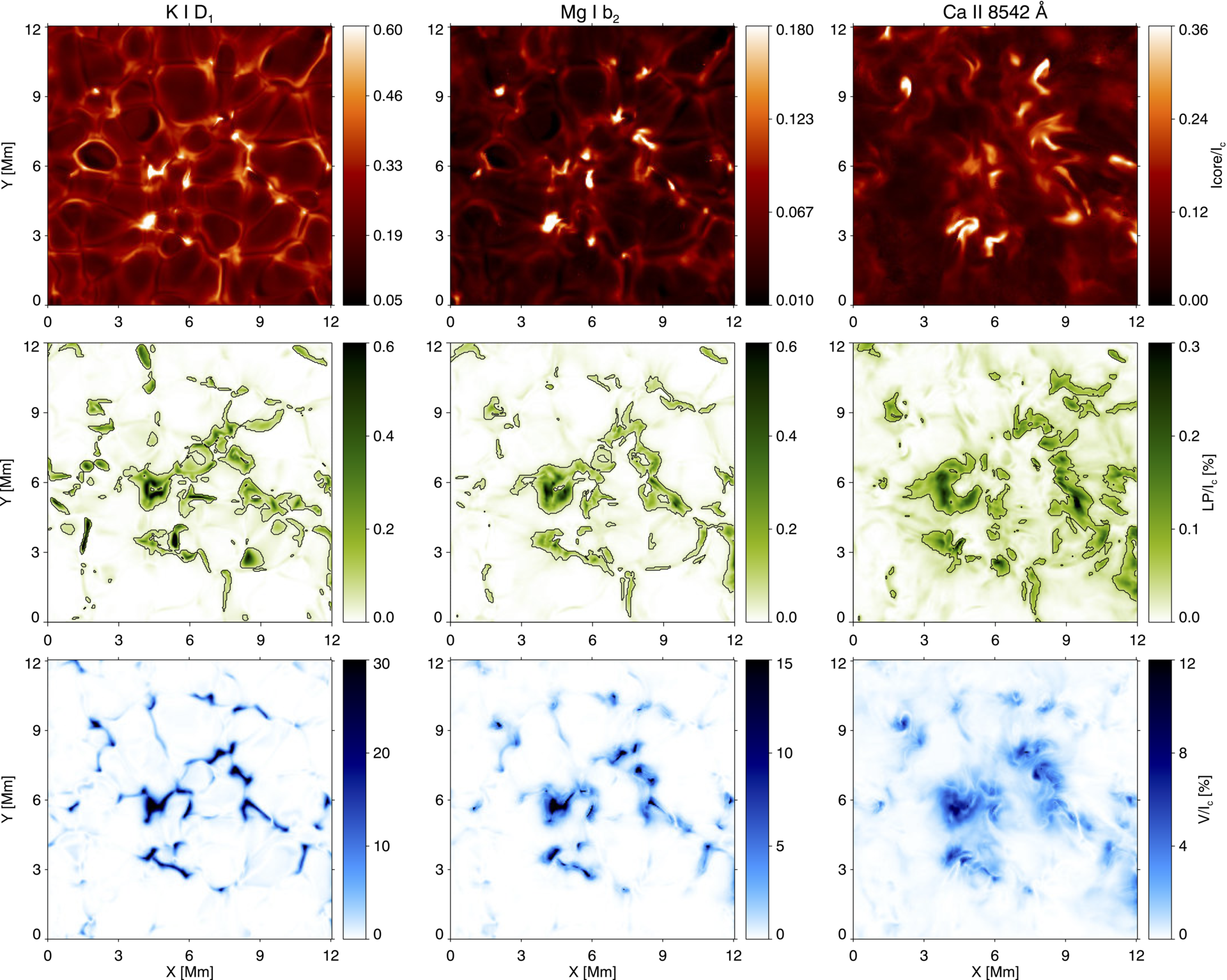Carlos Quintero Noda, new postdoc at RoCS, did his bachelor in Physics, a master in Astrophysics, and a PhD in Solar Physics at the University of La Laguna and Instituto de Astrofisica de Canarias in Spain.

A first postdoc position brought Carlos far East, at the Japan Aerospace Exploration Agency
in Japan. There he used Bifrost simulations for optimising the design of future instrumentation.
In April 2019 Carlos joined the team of researchers at RoCS for his second postdoc.
– "I am going to compare different spectral lines that are candidates for future missions like the Daniel K. Inouye Solar Telescope (DKIST) and European Solar Telescope (EST) 4-m ground-based telescopes. I will use realistic simulations generated with the group's Bifrost code to compare those lines at identical conditions and for different physical scenarios", explains Carlos.

– What is the goal of your research now at RoCS?
– "My goal is to elaborate a catalogue of spectral lines that are best suited for specific studies helping future observers to prepare competitive proposals", says Carlos.
– How will you reach your goal?
– "I will use numerical codes that solve the radiative transfer equation and compute the emergent spectrum. As input, I will use Bifrost data products. After that, I will include the characteristics of the mentioned future telescopes to ascertain our capabilities to infer the physical information contained in the simulations", he explains.
– What brought you to Oslo?
– "My career development will benefit from being at the Institute of Theoretical Astrophysics (ITA) and having the possibility to interact with the researchers of RoCS involved in the development of realistic numerical simulations".
– What's your experience at ITA and RoCS so far?
– "I am pleased so far. The institute is an excellent place to work and to interact with researchers of various nationalities and backgrounds", confesses Carlos.
– Any expectations?
– "Concerning RoCS, I expect to expand my knowledge of numerical simulations and thus become a better researcher. Regarding Oslo and Norway, I would like to learn how to enjoy the winter".